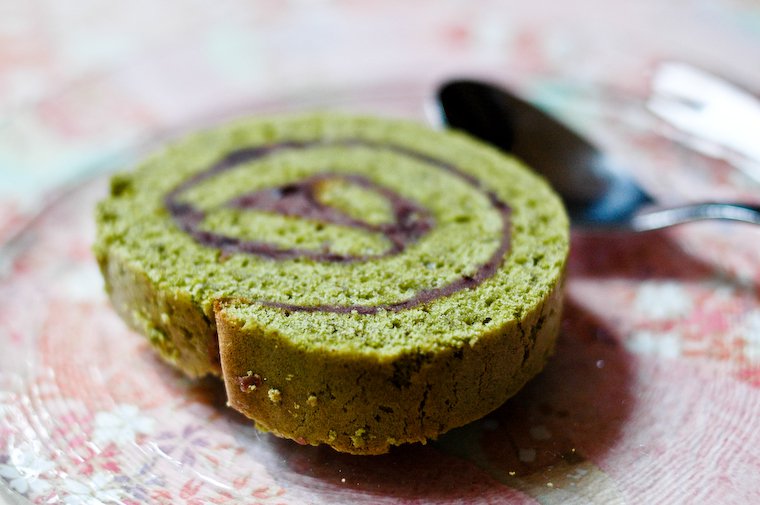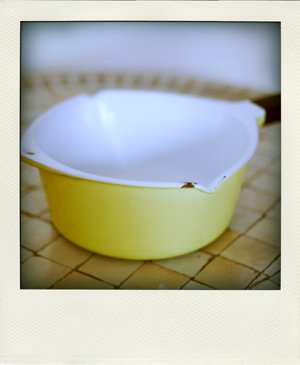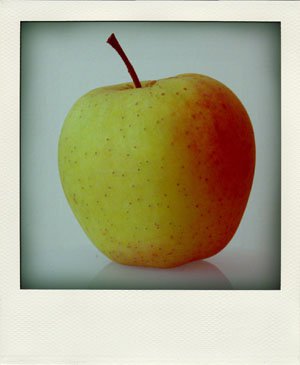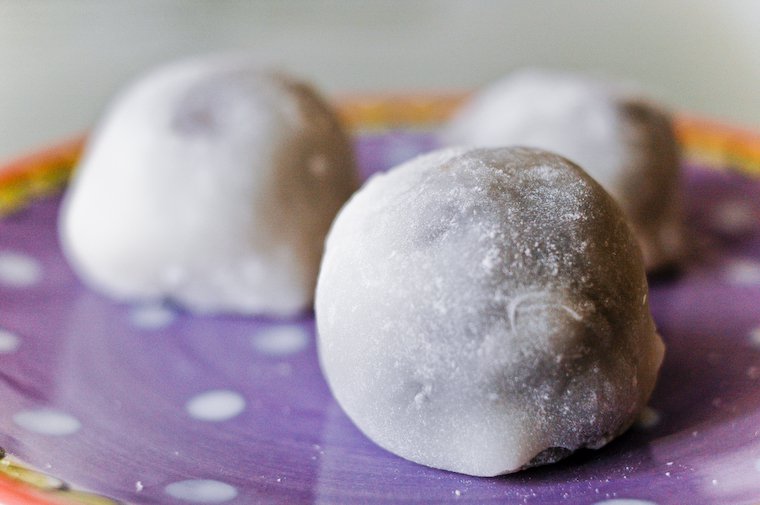Gâteau roulé matcha et azuki
The thing that happens when you buy a big pouch of anko (Japanese sweetened red bean paste) to make strawberry daifuku is that you’re likely to run out of rice flour long before you use up all the azuki paste.
I assume it keeps for weeks if well wrapped, but I didn’t want to let it sit in the fridge for too long (shelf space is in short supply), so I tried to think up ways to use it. A quick brainstorm led me to the gâteaux roulés (cake rolls, a.k.a. jelly rolls or Swiss rolls) that my mother makes and sometimes garnishes with crème de marron, sweetened chestnut paste, which I’ve always felt is a close cousin to anko, texture- and flavor-wise. And since the pairing of green tea and red bean is always successful, perhaps I could flavor the cake with a little matcha*?
Alhough I have stood by my mother (and held my breath) as she deftly rolled up layers of sponge cake, this was my first time actually making a cake roll of my own.
I opted to make the cake component (la génoise) butterless, using almond butter instead, and I cut the red bean paste with about a third of its weight in yogurt, to make the filling easier to spread and less intensely sweet.
Alhough I have stood by my mother (and held my breath) as she deftly rolled up layers of sponge cake, this was my first time actually making a cake roll of my own, and I was rather pleased with how it turned out: I did bake my génoise a tad too long, which resulted in crisp edges that I should probably have trimmed, but the heart of the cake was moist and tender, and the balance of flavors was just right. Not to mention, I was tickled to notice that each cut slice drew the hiragana character の (no), a feature few cakes can boast.








